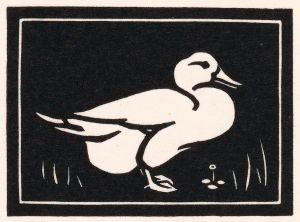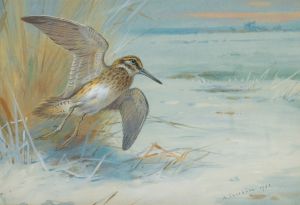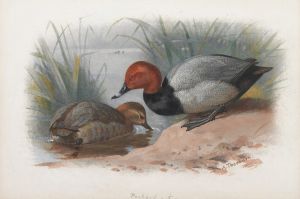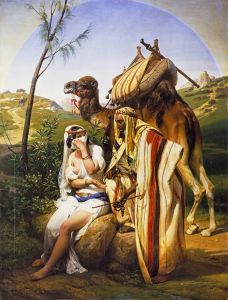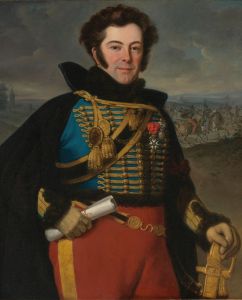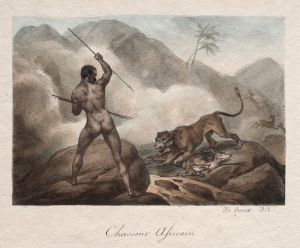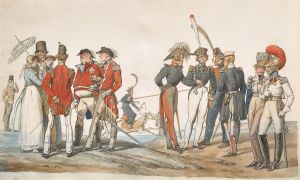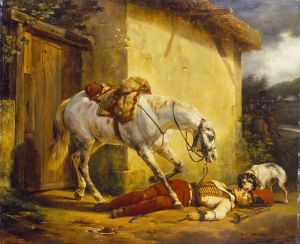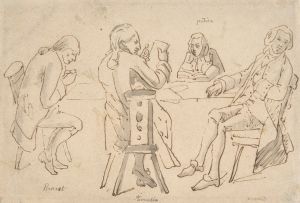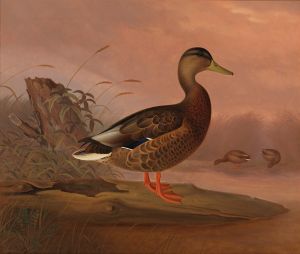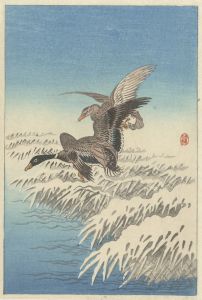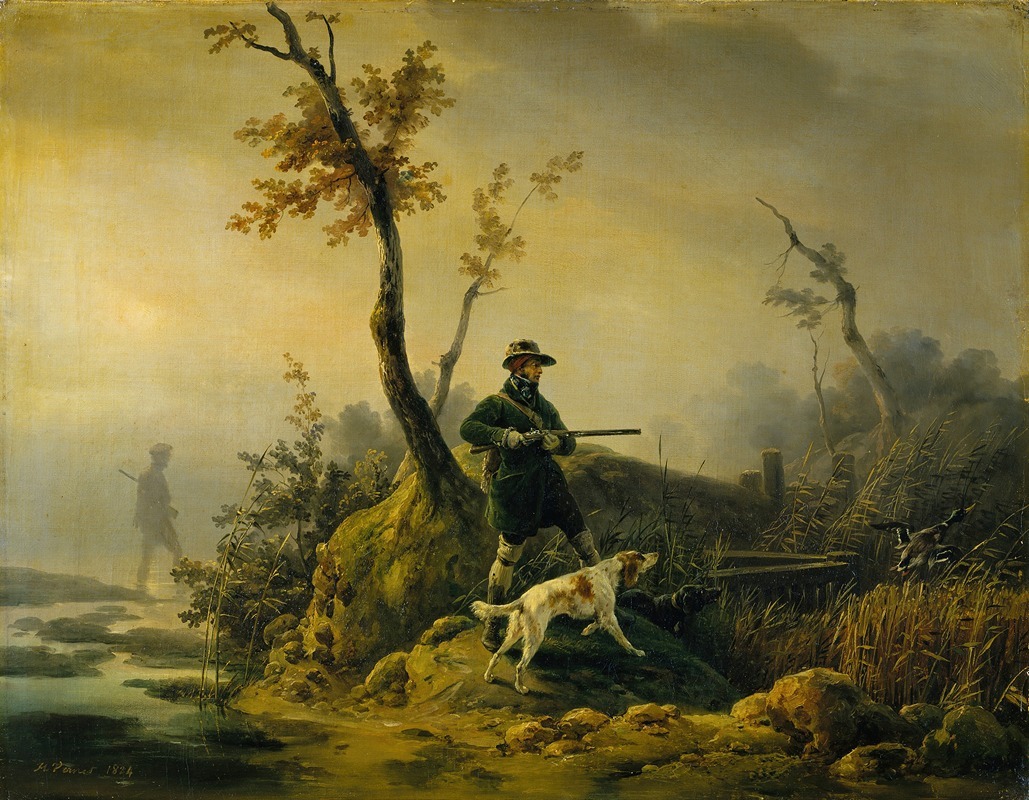
Duck Shooting
A hand-painted replica of Horace Vernet’s masterpiece Duck Shooting, meticulously crafted by professional artists to capture the true essence of the original. Each piece is created with museum-quality canvas and rare mineral pigments, carefully painted by experienced artists with delicate brushstrokes and rich, layered colors to perfectly recreate the texture of the original artwork. Unlike machine-printed reproductions, this hand-painted version brings the painting to life, infused with the artist’s emotions and skill in every stroke. Whether for personal collection or home decoration, it instantly elevates the artistic atmosphere of any space.
Duck Shooting is a painting by the French artist Horace Vernet, created in 1834. Vernet, born in 1789, was a prominent painter known for his military and historical scenes, as well as his depictions of contemporary life. He came from a family of artists; his father, Carle Vernet, and his grandfather, Claude Joseph Vernet, were both well-known painters.
The painting Duck Shooting (French: La Chasse aux Canards) captures a moment of leisure and sport, reflecting the 19th-century European interest in hunting as both a pastime and a symbol of social status. The artwork is an oil on canvas, a medium Vernet frequently employed, allowing for rich detail and vibrant color.
In Duck Shooting, Vernet portrays a group of hunters engaged in a duck hunt. The scene is set in a marshy landscape, typical of the environments where such hunts would take place. The composition includes several figures, both human and canine, actively participating in the hunt. The hunters are depicted in contemporary attire, with their firearms ready, while the dogs are shown in dynamic poses, either retrieving ducks or eagerly anticipating the next command. The background features a serene, natural setting with water, reeds, and a distant horizon, emphasizing the tranquility of the environment juxtaposed with the action of the hunt.
Vernet's attention to detail is evident in the realistic rendering of the figures and the natural elements. The painting captures the movement and energy of the hunt, as well as the calmness of the surrounding landscape. This duality is a hallmark of Vernet's work, showcasing his ability to blend action with a sense of place.
Duck Shooting is part of Vernet's broader oeuvre that often depicted scenes of everyday life and contemporary events. While he is more widely known for his military paintings, such as those depicting the Napoleonic Wars, his genre scenes like Duck Shooting provide valuable insights into the recreational activities and social customs of his time.
The painting is held in the collection of the Musée des Beaux-Arts de Bordeaux in France. It remains an important example of Vernet's skill in capturing both the dynamism of human activity and the beauty of the natural world. Through works like Duck Shooting, Vernet contributed to the rich tapestry of 19th-century French art, offering viewers a glimpse into the leisure pursuits of the era.
Horace Vernet continued to be an influential figure in the art world until his death in 1863. His works are celebrated for their historical significance and artistic merit, and Duck Shooting stands as a testament to his talent and versatility as a painter.






